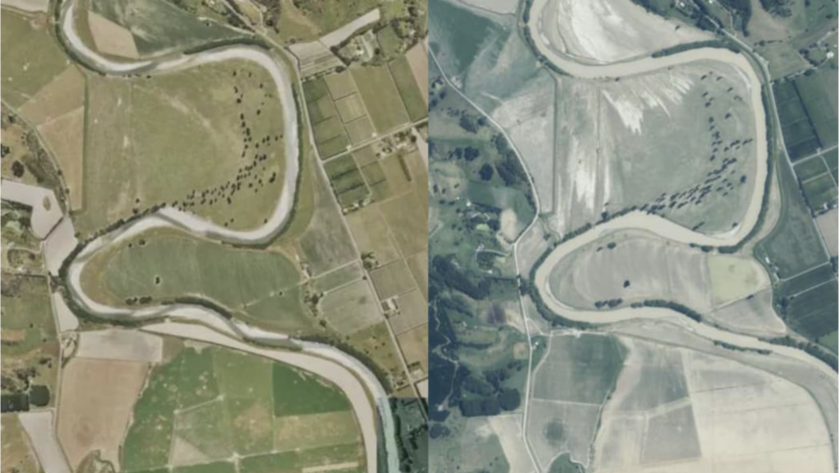“It’s not just climate change that is causing this problem. We have engineered or contributed to these disasters.
“We have taken the wetlands, or sponges, out of our landscape.” While rainfall levels did not reach that of Bola’s 900 millimetres in 72 hours, this time around there was another factor at play – forestry slash. Debris and whole logs from the East Coast’s burgeoning industry filled waterways, taking on the role of bulldozers in the roaring waters of local rivers. “We might have learnt one thing, which is to plant trees, but we planted pines which wasn’t a good idea in retrospect.” Meanwhile, stopbanks – which aim to direct the flow and protect communities – ultimately elevate water levels above the floodplain.
When those stopbanks ultimately fail, the water is released with such a massive energy that the mitigation efforts often prove to be more of a risk than a safety net.
“We tend to think of those stopbanks as protecting everyone, but they have exceedance thresholds, and floods that are bigger than those stopbanks will over-top them. “They have the potential to blow out because the loading behind the stopbanks is enormous. “We’ve tried to manage what is essentially unmanageable,” Rivers needed more space than what people were often willing to give them, Kay said, and the results have been disastrous for communities built too close to them. Kay also believed councils needed to have more honest conversations with their communities about flood levels, and not shy away from explaining the risks of living in certain areas.
“The environment is critical, and we need to put that first, otherwise we’ve got nothing.”



